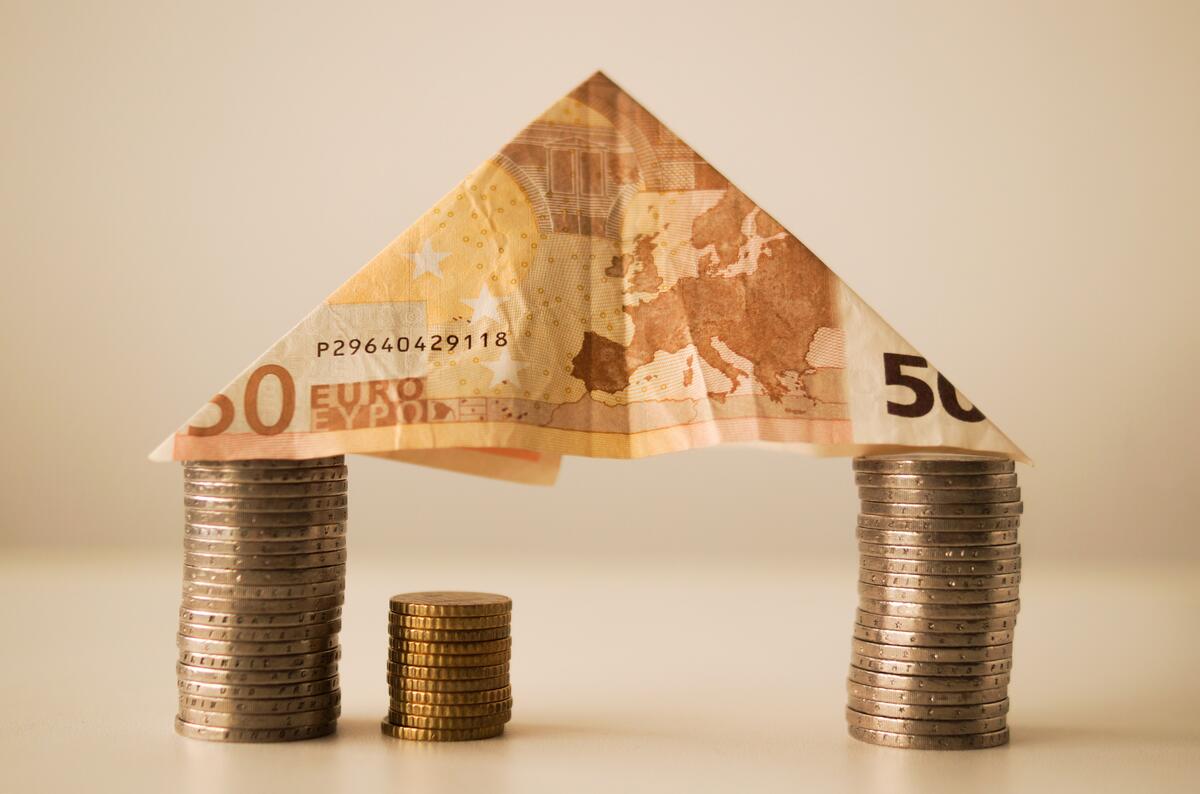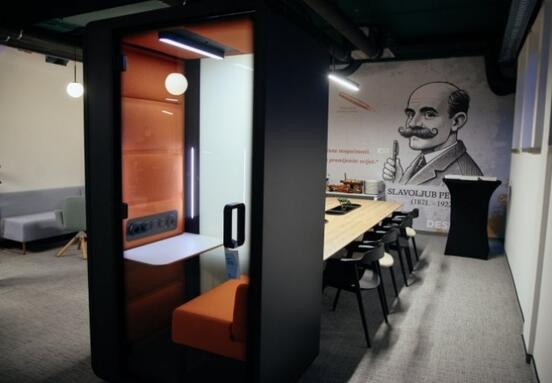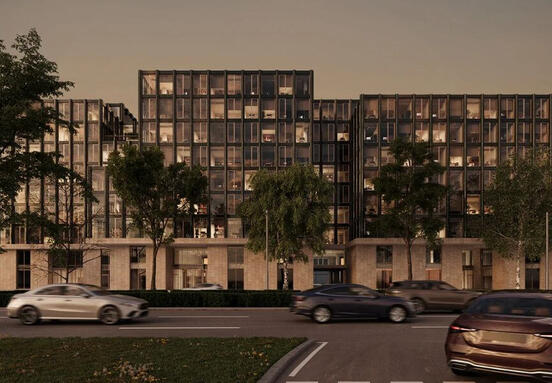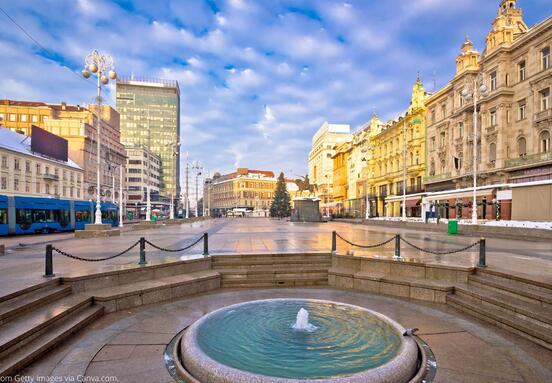Strong occupier expansion, low vacancy rates and limited development pipelines have supported a gradual shift in market conditions to favour landlords, resulting in rental growth and stability across the majority of European markets during 2018. This has supported property values and returns, despite yields being at their cyclical peak, a situation likely to continue into 2019, according to Colliers International’s latest Capital Flows Report.
“Despite the typical late market property cycle conditions, we expect 2018 will be another strong year for real estate investment in Europe. There are a number of broader macro concerns impacting global investor decision making, including rate rises in the US, global trade disputes, low growth in Europe and the fear of a ‘Hard BREXIT’ or a ‘No Deal’. Although it’s more apparent that investors are more cautious about quality of income, genuine rental growth and active asset management initiatives, the willingness to target real estate and diversify global portfolios continues,” said Richard Divall, Colliers’ Head of Cross Border Capital Markets I EMEA.
Colliers’ Capital Flows Report Highlights include:
• UK, France and Germany lead on investment activity, with France up 30 per cent compared to 2017. UK volumes remain static.
• Germany is trading above the five-year average, and provisional results point to an increase on Q3 2017, despite some pricing challenges and a lack of quality product resulting from limited development activity between 2013-15.
• The Netherlands, Benelux, Finland, Ireland and Poland have seen increased investor attention with late property cycle improving fundamentals as investors chase yield and returns and diversify their portfolios
• Asian markets have continued to witness expansionary investment activity in 2018 year-to-date (YTD), far outstripping activity in the Americas.
• A more balanced picture is reported between cross-border and domestic capital, with each accounting for 50 per cent of activity YTD.
• Investment into residential assets now counts for 16 per cent of all activity in the past 18 months, compared to only six per cent 10 years ago
Capital Flows
On a global scale, investment transactions YTD depicts a continuation of the trend witnessed at the end of 2017. According to Colliers’ research, investment volumes for AsiaPac are forecast to reach $808 billion before the end of 2018 (up 13 per cent YOY). Meanwhile, the EMEA region has seen investment volumes drop by 10 per cent YOY; although, this represents an improvement on much weaker Q1 results, which were almost 30 per cent down YOY. Investment volumes in the Americas remain similar to the previous year.
“Markets in Asia have continued to witness expansionary investment activity in 2017/2018, whilst the rise in interest rates, strength of the US$ and property market cycle peaking has seen less activity in The Americas,”said Colliers’ Richard Divall. “We expect EMEA investment volumes to be lower than 2017 with current pricing, lack of product and political uncertainty causing some investors to stand on the sidelines in the short term”.
““It is worth noting however, that these overall volumes mask big differences in activity within regions. Within AsiaPac, for example, activity is dominated by PRC Real Estate companies and around 10 per cent of overall activity is a result of these companies’ land-banking for housebuilding projects. Equally, activity has been very concentrated on Hong Kong during the first half of 2018, currently accounting for more than Japan and China combined,” Richard Divall added. “Closer to home in Europe, the UK, Germany and France continue to lead on activity overall since 2017, matching their five-year trading average. The Netherlands, Benelux, Finland, Ireland and Poland are seeing increased attention, with the late property cycle improving fundamentals as investors chase yield and returns, which is increasingly difficult to find in the Tier 1 markets in UK, Germany and France.
“Despite the fall in activity overall, 2018 will be another strong year for investment in Europe. More markets feature on the upside than the down and we are seeing the wave of money looking for a home continue to ripple out from Europe’s core with the Netherlands, Spain, Finland and Denmark benefitting and even Tier 2 markets like Hungary, Portugal and SEE showing some of the strongest growth markets YTD – all these countries have seen investment rise as a result of their belated, but rapid, economic uplift in recent years and/or significant turnaround in real estate market fundamentals.”
(Source: Colliers International)







